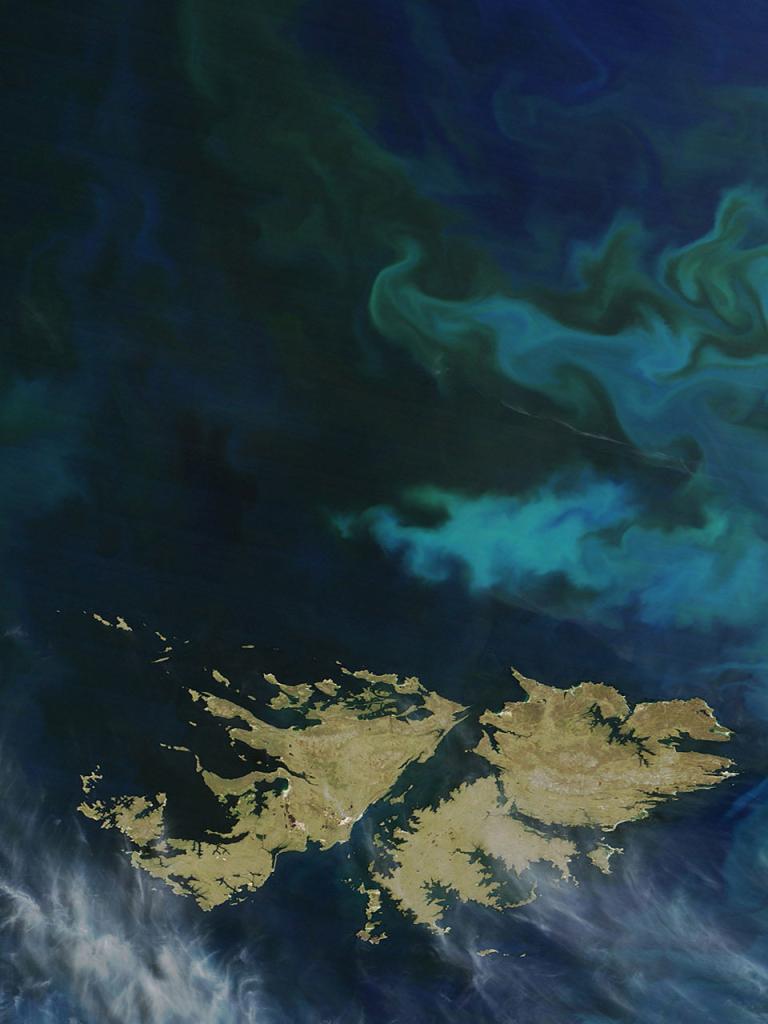31 October 2023
30 October 2023
Photosynthetically Available Radiation (PAR) controls the growth of aquatic plants and, therefore, regulates the composition of marine ecosystems. Solar radiation in this spectral range heats the upper ocean considerably, affecting mixed-layer dynamics and oceanic circulation. The proposed project PAR4OLCI aims at developing and optimising an operational daily PAR product for the Sentinel-3 OLCI sensor, that will contribute to the long-term time series of surface radiation products generated from SeaWiFS, MERIS, MODIS-T, MODIS-A, VIIRS-NPP, VIIRS-JPSS1, SGLI, EPIC, and OCI (planned for 2024) data. The algorithm will be generic, therefore, easily adaptable to other sensors, in particular those on geostationary orbits (like MTG), and will work for cloudy and clear sky conditions at full OLCI spatial resolution.
Objectives
Objective A
Algorithm
- Development of a generic daily PAR algorithm, which is, therefore, easily adaptable to other sensors that works for cloudy and clear sky conditions at full OLCI spatial resolution, extended to below surface PAR, scalar PAR, average cosine with a pixel by pixel associated uncertainties (baseline).
- Possibility to compute diurnal variation and spectral decomposition of the PAR (computed offline).
- Algorithm optimisation for computing PAR in sun glint contaminated areas, complex waters, and for high solar zenith angles, taking into account the diurnal variation of the cloudiness.
- Experimental sub ice PAR and absorbed fraction of PAR by live algae (APAR).
Objective B
Software
- Delivery of a Python and C++ module prototype for further implementation in the EUMETSAT ocean level 2 ground segment (for baseline products).
- Computations of corresponding ADFs (LUTs) and documentation ATBD, DPM, IODD.
- Delivery of an offline Python software package for computing offline products.
Objective C
Datasets
- Generation of the new daily PAR product : L2, L3 (daily and monthly) for three months (around June, September and December).
- Validation against other L3 satellite products (LEO, GEO) and in situ data.
Overview
Algorithm
The baseline version of the algorithm is similar to the one applied to the Lagrange L1 point DSCOVR/EPIC sensor as described in Frouin et al. (2022). After a user survey, the basic requirements are: (i) a 1km, daily sub surface PAR product, (ii) with a typical accuracy of 30%.
Auxiliary inputs data have been identified (in particular cloud data and sea ice) and the list of output products has been agreed.
Software
The structure of the baseline code is established and the computation of LUTs has started.
Datasets
The Product Validation Plan v1 has been initiated. It relies on comparisons with LEO sensors OLCI S3A/S3B, MODIS Aqua/Terra, VIIRS SNPP/NOAA20, GEO sensor AHI/HIMAWARI and Lagrange L1 point sensor EPIC/DISCOVR as well as 5 in situ measurement stations.
Frouin R, J. Tan, M. Compiègne, D. Ramon, M. Sutton, H. Murakami, D. Antoine, U. Send, J. Sevadjian J, and V. Vellucci (2022), The NASA EPIC/ DSCOVR Ocean PAR Product, Front. Remote Sens., 3:833340, doi: 10.3389/frsen.2022.833340.


